-
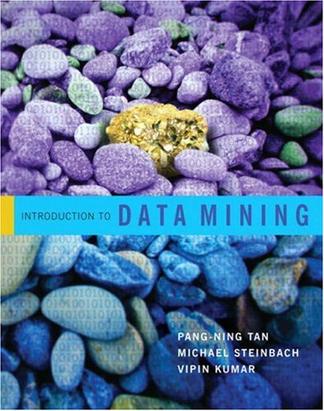
Introduction to Data Mining
Introduction to Data Mining presents fundamental concepts and algorithms for those learning data mining for the first time. Each concept is explored thoroughly and supported with numerous examples. The text requires only a modest background in mathematics. Each major topic is organized into two chapters, beginning with basic concepts that provide necessary background for understanding each data mining technique, followed by more advanced concepts and algorithms. Quotes This book provides a comprehensive coverage of important data mining techniques. Numerous examples are provided to lucidly illustrate the key concepts. -Sanjay Ranka, University of Florida In my opinion this is currently the best data mining text book on the market. I like the comprehensive coverage which spans all major data mining techniques including classification, clustering, and pattern mining (association rules). -Mohammed Zaki, Rensselaer Polytechnic Institute -
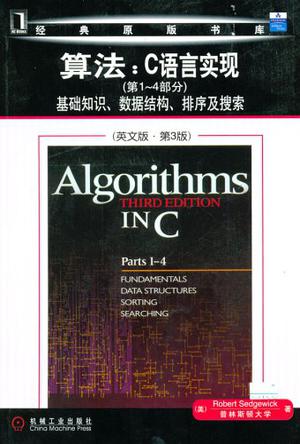
算法:C语言实现
本书是Sedgewick彻底修订和重写的C算法系列的第一本。全书分为四部分,共16章,第一部分“基础知识”(第1-2章)介绍基本算法分析原理。第二部分“数据结构”(第3-5章)讲解算法分析中必须掌握的数据结构知识,主要包括基本数据结构,抽象数据结构,递归和树。 -
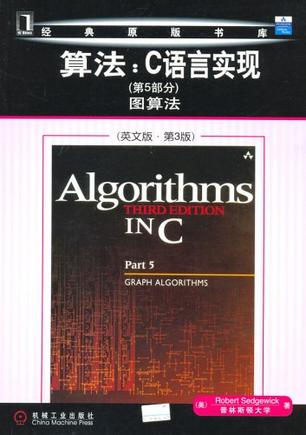
算法:C语言实现
本书是Sedgewick彻底修订和重写的丛书中的第二本,集中讲解图算法。全书共有6章(第17-22章)。第17章详细讨论图性质和类型,第18-22章分别讲解图搜索、有向图和DAG、最小生成树、最短路径以及网络流。 书中提供了用C语言描述的完整算法源程序,并且配有丰富插图和练习。作者用简洁的实现将理论和实践成功地结合了起来,这些实现均可在真实应用上测试,使得本书自问世以来备受程序员的欢迎。 本书可作为高等院校计算机相关专业算法与数据结构课程的教材和补充读物,也可供自学之用。 -
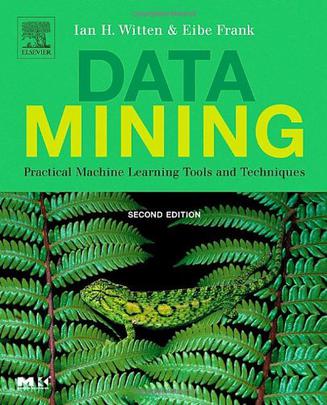
Data Mining
As with any burgeoning technology that enjoys commercial attention, the use of data mining is surrounded by a great deal of hype. Exaggerated reports tell of secrets that can be uncovered by setting algorithms loose on oceans of data. But there is no magic in machine learning, no hidden power, no alchemy. Instead there is an identifiable body of practical techniques that can extract useful information from raw data. This book describes these techniques and shows how they work. The book is a major revision of the first edition that appeared in 1999. While the basic core remains the same, it has been updated to reflect the changes that have taken place over five years, and now has nearly double the references. The highlights for the new edition include thirty new technique sections; an enhanced Weka machine learning workbench, which now features an interactive interface; comprehensive information on neural networks; a new section on Bayesian networks; plus much more; algorithmic methods at the heart of successful data mining-including tried and true techniques as well as leading edge methods; performance improvement techniques that work by transforming the input or output; and, downloadable Weka, a collection of machine learning algorithms for data mining tasks, including tools for data pre-processing, classification, regression, clustering, association rules, and visualization-in a new, interactive interface. -
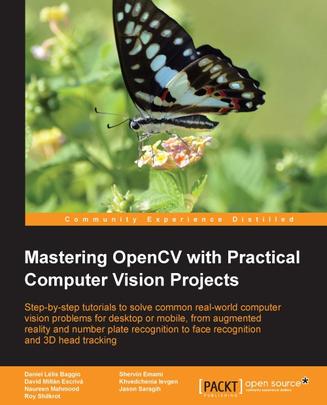
Mastering OpenCV with Practical Computer Vision Projects
Computer Vision is fast becoming an important technology and is used in Mars robots, national security systems, automated factories, driver-less cars, and medical image analysis to new forms of human-computer interaction. OpenCV is the most common library for computer vision, providing hundreds of complex and fast algorithms. But it has a steep learning curve and limited in-depth tutorials. Mastering OpenCV with Practical Computer Vision Projects is the perfect book for developers with just basic OpenCV skills who want to try practical computer vision projects, as well as the seasoned OpenCV experts who want to add more Computer Vision topics to their skill set or gain more experience with OpenCV’s new C++ interface before migrating from the C API to the C++ API. Each chapter is a separate project including the necessary background knowledge, so try them all one-by-one or jump straight to the projects you’re most interested in. Create working prototypes from this book including real-time mobile apps, Augmented Reality, 3D shape from video, or track faces & eyes, fluid wall using Kinect, number plate recognition and so on. Mastering OpenCV with Practical Computer Vision Projects gives you rapid training in nine computer vision areas with useful projects. - Allows anyone with basic OpenCV experience to rapidly obtain skills in many computer vision topics, for research or commercial use - Each chapter is a separate project covering a computer vision problem, written by a professional with proven experience on that topic - All projects include a step-by-step tutorial and full source-code, using the C++ interface of OpenCV -
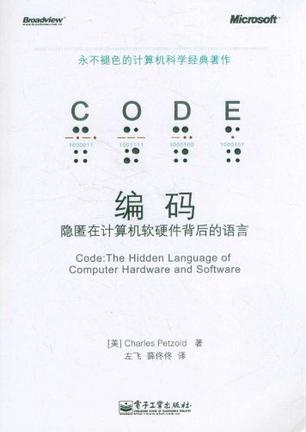
编码
编码:隐匿在计算机软硬件背后的语言,ISBN:9787121181184,作者:(美)佩措尔德(Petzold,C.)著 左飞,薛佟佟译